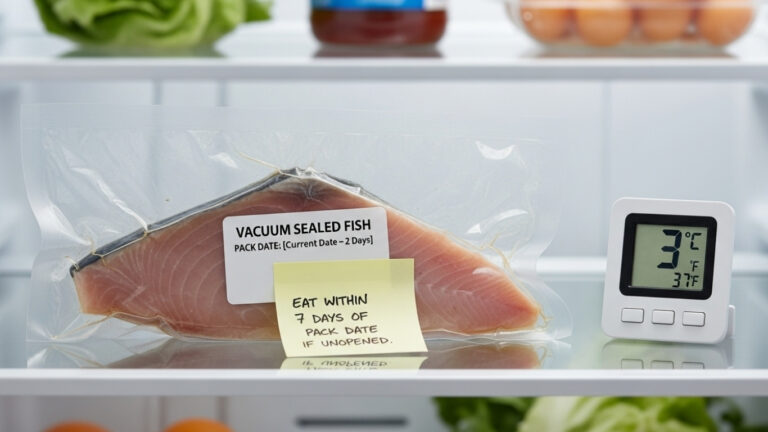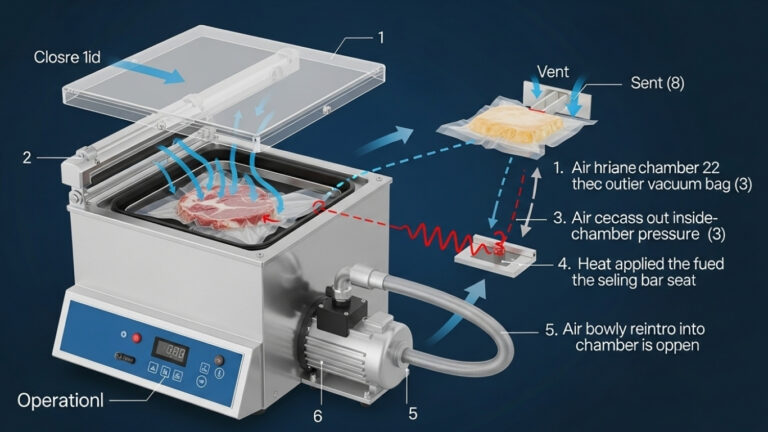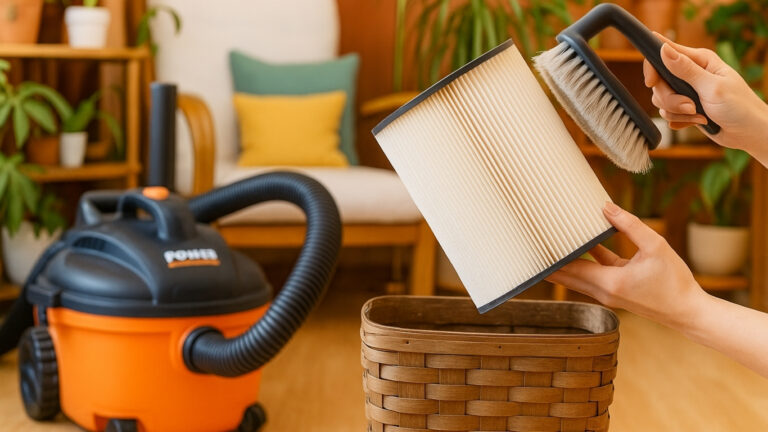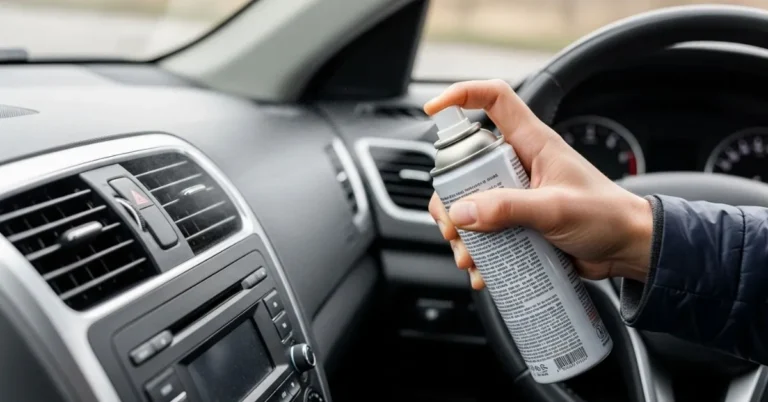Last Saturday, in a quaint bungalow in suburban Ohio, Emma, armed with her brand-new ultra-suction upright vacuum, was finally ready to win the war against pet hair. The battlefield? A living room rug that her Labrador loved a little too much.
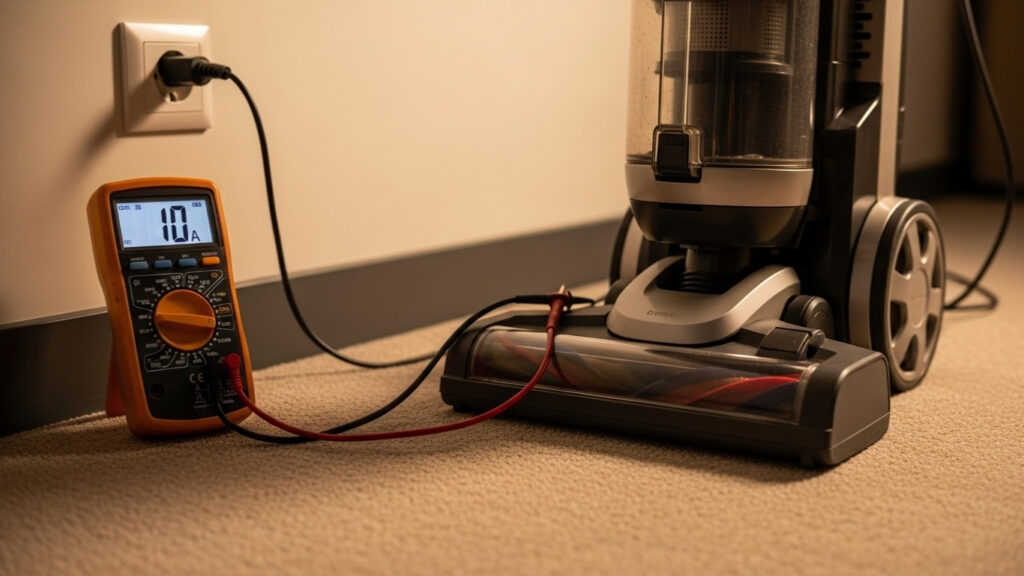
She plugged in the vacuum. Pressed power. And boom total silence. Well, except for the click of her breaker flipping. Her vacuum cleaner had tripped the circuit. Again.
Emma, like many homeowners, had no idea her vacuum could pull so much power. Turns out, she’s not alone.
If you’ve ever wondered how many amps does a vacuum use, you’re asking the right question, and you’re about to get the cleanest answer possible. Let’s break down amps, circuits, safety tips, and how to vacuum smarter (not just harder).
Contents
- 1 What Are Amps and Why Should You Care?
- 2 How Many Amps Does a Vacuum Use? Let’s Break It Down
- 3 Home Electrical Circuits vs. Vacuum Power
- 4 How to Find Out How Many Amps YOUR Vacuum Uses
- 5 How to Use High-Amp Vacuums Safely
- 6 Vacuum Trends: Low-Amp, High-Performance Cleaners
- 7 Informational Tools That Help
- 8 Frequently Asked Questions
- 9 Expert Thoughts: Vacuum Smarter, Not Harder
- 10 About the Author
What Are Amps and Why Should You Care?
Let’s get down to electrifying basics.
An amp (short for ampere) is a unit that measures electrical current basically, how much electricity is flowing into your vacuum. It’s like water in a pipe: amps measure the amount flowing, volts measure the pressure pushing it through.
So why care? Because every outlet in your home has a maximum amp load, and exceeding that can lead to:
- Tripped circuit breakers
- Overheated wiring
- Damaged appliances
- Fire hazards (yep, it’s serious)
Knowing how many amps a vacuum uses helps you stay within those limits and vacuum safely, especially in older homes or with shared outlets.
How Many Amps Does a Vacuum Use? Let’s Break It Down
In the United States, household vacuums typically use between 8 and 12 amps of power. That 12-amp ceiling isn’t random it’s the maximum allowed by U.S. federal law for household vacuums.
Here’s a closer look by vacuum type:
Upright Vacuums
- Amp Range: 10–12 amps
- Common Use: Deep-cleaning carpets and large areas
- Power Note: Most powerful, but also the most amp-hungry
Canister Vacuums
- Amp Range: 9–11 amps
- Common Use: Mixed flooring (tile, wood, rugs)
- Power Note: Good balance of power and versatility
Stick Vacuums (Corded)
- Amp Range: 6–10 amps
- Common Use: Quick daily cleans, small apartments
- Power Note: Lightweight and moderately efficient
Handheld Vacuums
- Amp Range: 4–8 amps
- Common Use: Cars, upholstery, stairs
- Power Note: Lower amp draw, but not ideal for large areas
Cordless Vacuums
- Amp Range: N/A (Battery-powered)
- Measured in: Volts (V) and watt-hours
- Power Note: Still use amps when charging don’t overlook the dock!
Quick Tip: High amps don’t always mean better suction just more current draw. Some high-end vacuums clean more effectively at lower amp levels due to their motor efficiency.
Home Electrical Circuits vs. Vacuum Power
Most U.S. household electrical circuits are rated at 15 or 20 amps. Here’s where things get risky: if your 12-amp vacuum shares a circuit with other appliances like a microwave or space heater you’re flirting with an overload.
Rule of thumb:
Try to keep the total amp load on a single circuit under 80% of its capacity.
- 15-amp circuit? Stay under 12 amps
- 20-amp circuit? Aim for no more than 16 amps
So when you’re asking, “How many amps does a vacuum use?” you’re also asking, “How close am I to flipping my breaker or melting my outlet?”
Read More: How to Turn Off Shark Robot Vacuum: Quick and Easy Guide
How to Find Out How Many Amps YOUR Vacuum Uses
You don’t need to be an electrician. Just follow these steps:
1. Check the Label
Look at the back, bottom, or side of your vacuum. The sticker usually says something like:
- Voltage: 120V
- Watts: 1200W
- Amps: 10A
If amps aren’t listed, use the next step.
2. Use the Formula
Amps = Watts ÷ Volts
So if your vacuum says 1200 watts and 120 volts:
1200 ÷ 120 = 10 amps
3. Use a Smart Plug with an Amp Meter
These devices plug into your outlet and track exactly how many amps your vacuum uses in real time. Some can even send reports to your phone.
Informational Product Suggestion: Try the Kill-A-Watt Electricity Usage Monitor or a 15-amp Smart Plug with Energy Meter for accurate tracking.
How to Use High-Amp Vacuums Safely
If you’re running a vacuum that pulls 10–12 amps, here’s how to stay shockingly safe:
Use Dedicated Circuits
Don’t plug your vacuum into a circuit that’s already powering other large appliances. Especially avoid bathrooms, kitchens, and laundry rooms.
Choose Extension Cords Wisely
If you must use an extension cord, go with a heavy-duty one rated for at least 15 amps. Flimsy, low-quality cords can overheat, melt, and even become a fire hazard.
Maintain Your Vacuum
Clogged filters and full canisters force the motor to work harder, pulling more amps than it should. Clean them regularly!
Never Ignore Tripped Breakers
If the circuit trips once, it could trip again. Figure out what’s overloading it before plugging back in.
Choose Energy-Efficient Vacuums
Modern models with brushless motors, eco modes, and variable suction settings get the job done with less power consumption.
Vacuum Trends: Low-Amp, High-Performance Cleaners
Good news new vacuums are smarter than ever, and they’re sipping amps instead of guzzling.
Trending now:
- Brushless motors for lower amp draw and longer life
- Smart suction control based on flooring type
- Eco-friendly designs with reusable filters and recyclable parts
- Lightweight cordless vacuums that charge efficiently
Looking for affordability and sustainability? There are vacuums under 10 amps that perform like powerhouses, without wrecking your electric bill or the planet.
Informational Tools That Help
While this post doesn’t promote specific vacuum brands, here are some helpful informational tools for understanding and managing amp usage:
- Kill-A-Watt Meter – Know your real-time draw
- Smart Home Energy Plugs – Track and schedule usage
- Circuit Load Calculator Charts – Map your home’s safe limits
- Vacuum Maintenance Kits – Keep filters clean and motors efficient
Read More: Why Is My Vacuum Spitting Stuff Back Out? 7 Common Causes
Frequently Asked Questions
How many amps does a vacuum use in most homes?
Typically, 8 to 12 amps, depending on the type of vacuum. Uprights are the highest; handhelds are the lowest.
Can high amps damage my home wiring?
Yes, especially in older homes or overloaded circuits. Always match the vacuum draw to your circuit’s amp rating.
Is a higher-amp vacuum more powerful?
Not always. Efficiency and suction design matter more. A well-designed 9-amp vacuum can outperform a clunky 12-amp one.
Do robot vacuums use a lot of amps?
Not directly they’re battery powered, but the charging docks still pull from your outlet. Fortunately, it’s a very small draw (often under 1 amp).
Not recommended. Kitchens have heavy amp users. When possible, use outlets in the living room on a dedicated circuit.
Expert Thoughts: Vacuum Smarter, Not Harder
So, how many amps does a vacuum use? Now you know typically 8 to 12 amps, and understanding that number can save you from blown circuits, fire risks, and unnecessary utility costs.
Whether you’re deep-cleaning a pet-hair battlefield or giving your rugs a gentle refresh, keeping amp awareness in mind is a simple but powerful step.
Because when it comes to cleaning up… knowing your current keeps you current.

